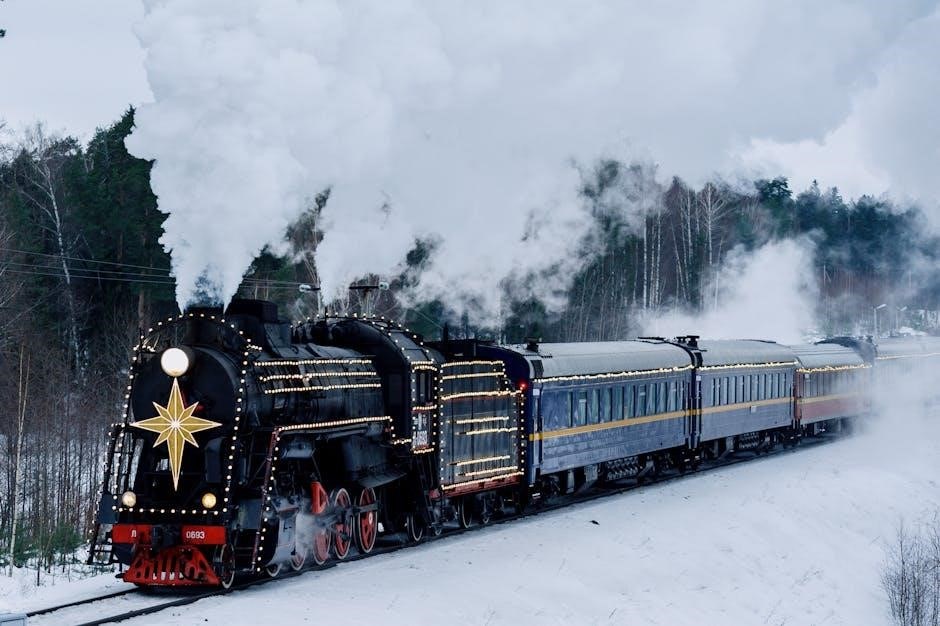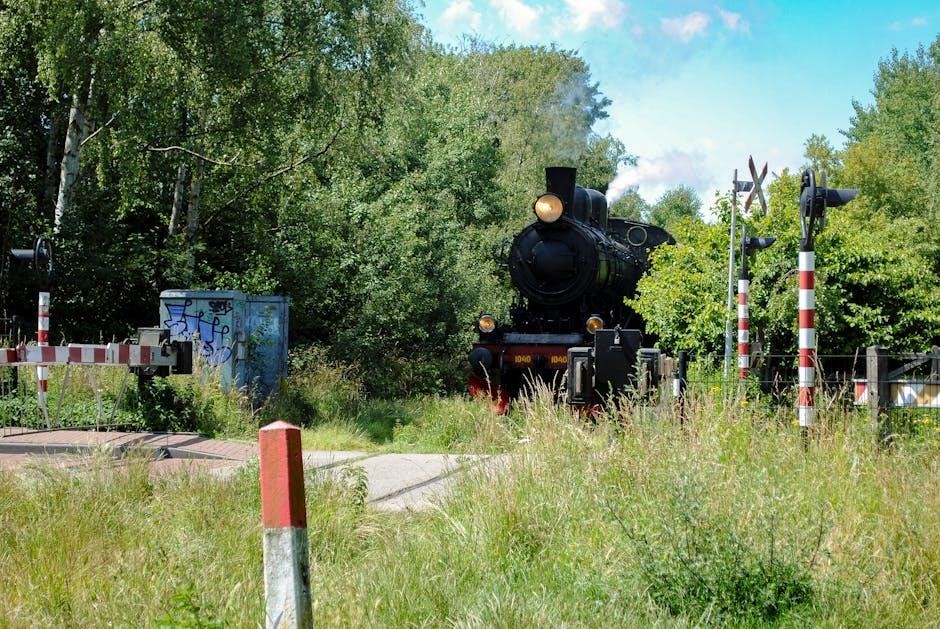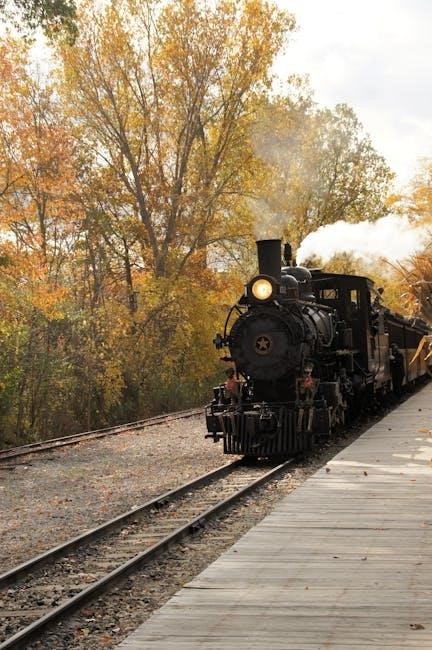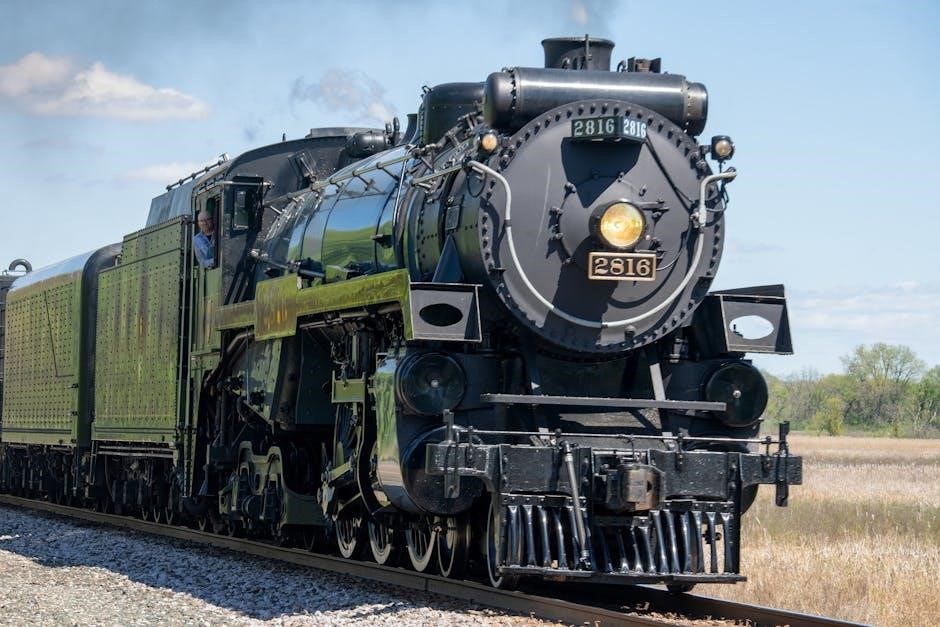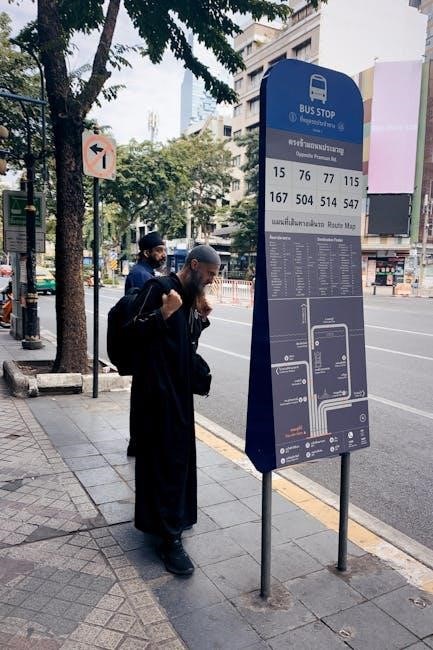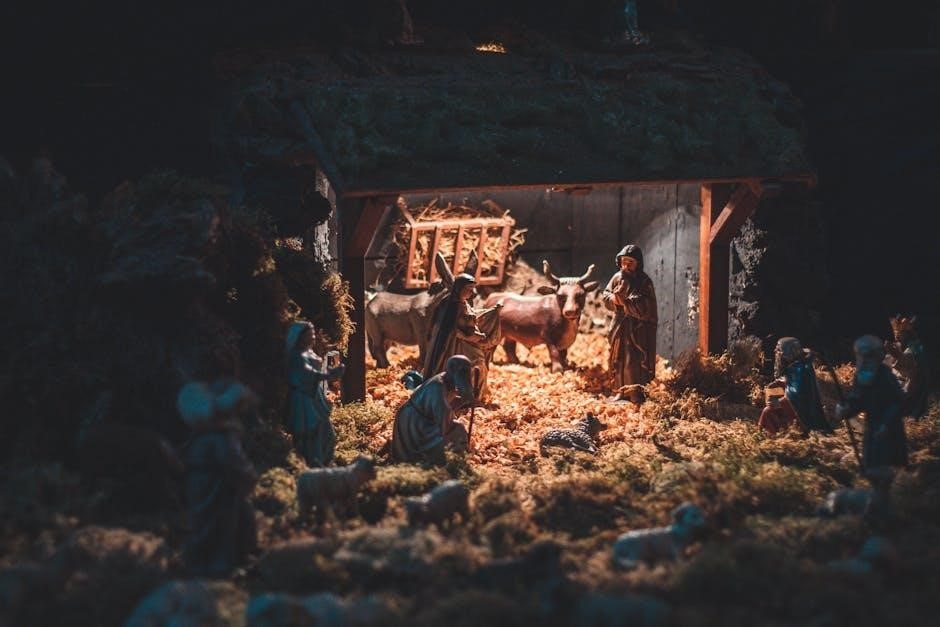Bosch Maxx 6 Washing Machine Manual: A Comprehensive Guide
Welcome to your comprehensive guide for the Bosch Maxx 6 washing machine! This manual will assist you in understanding its features. It will guide you on usage, maintenance, and troubleshooting. Use the manual to maximize the machine’s lifespan and efficiency.
The Bosch Maxx 6 washing machine is a reliable appliance designed for efficient laundry care. This guide offers an introduction to its features, operation, and maintenance. Understanding your Bosch Maxx 6 is crucial for optimal performance and longevity. This washing machine is known for its user-friendly interface and variety of wash programs, catering to different fabric types and cleaning needs. This manual provides you with all the necessary information to effectively use your washing machine, ensuring your clothes are cleaned perfectly every time.

From selecting the right wash cycle to troubleshooting common issues, this guide covers everything you need to know. The Bosch Maxx 6 is designed with advanced technology to provide energy-efficient cleaning. Familiarizing yourself with its features will help you save time and resources. It extends the life of your appliance and maintains the quality of your clothes.
This comprehensive guide ensures you get the most out of your Bosch Maxx 6 washing machine, providing reliable performance and exceptional cleaning results for years to come.

Finding the Right Manual for Your Model
Locating the correct manual for your specific Bosch Maxx 6 model is the first crucial step. This ensures you have the most accurate and relevant information for your appliance. Start by identifying the model number, typically found on a sticker located on the machine’s door, back, or side panel. Once you have the model number, visit the Bosch website. You can use the search function to find the corresponding manual.
Many online resources offer downloadable PDF manuals for various Bosch models. Ensure that the manual matches your specific model number to avoid incorrect information. Another approach is to check online appliance parts retailers. They often provide manuals for download as a service to their customers. If you have the original purchase documents, the manual might be included.
Using the wrong manual can lead to confusion and potentially damage your machine. Always double-check the model number and verify that the manual corresponds to your specific Bosch Maxx 6 washing machine before proceeding.

Understanding the Control Panel
The control panel of your Bosch Maxx 6 washing machine is designed for intuitive operation. Familiarizing yourself with each button, dial, and display element is essential for effective use. Typically, the panel features a central program selector dial, allowing you to choose from various wash cycles like cottons, synthetics, delicates, and wool. Adjacent to the dial are usually buttons for adjusting temperature, spin speed, and additional functions.
The display screen shows important information such as the remaining cycle time, selected options, and error codes if any issues arise. Some models also have buttons for functions like “EcoPerfect” for energy saving and “SpeedPerfect” for faster washing. Understanding these options lets you customize each wash to suit your needs.
Pay close attention to the symbols and labels on the control panel. They provide quick references to each function. Consulting your user manual will provide detailed explanations of each control, ensuring you can confidently operate your Bosch Maxx 6 washing machine and achieve optimal results.
Basic Operation: Starting a Wash Cycle
Initiating a wash cycle on your Bosch Maxx 6 washing machine involves a few straightforward steps. First, sort your laundry and load it into the drum, ensuring not to overload the machine. Next, add the appropriate amount of detergent to the dispenser drawer, along with any fabric softener or pre-wash additives as needed. Close the door securely.
Turn the program selector dial to choose the desired wash cycle based on your load’s fabric type and soil level. Adjust the temperature and spin speed using the corresponding buttons to match the requirements of your garments. If desired, select additional options such as “EcoPerfect” or “SpeedPerfect” to optimize energy consumption or reduce wash time.

Once all settings are selected, press the “Start/Pause” button to begin the wash cycle. The display screen will indicate the remaining time and the current stage of the cycle. Avoid opening the door during operation, unless pausing the cycle. Once completed, the machine will signal the end of the wash, allowing you to remove your clean laundry. Remember to consult the manual for detailed instructions.
Selecting the Appropriate Wash Program
Choosing the right wash program on your Bosch Maxx 6 is crucial for optimal cleaning and garment care. The machine offers a variety of programs designed for different fabric types and washing needs. Consult your user manual for a detailed explanation of each program’s specific features and recommended uses. Common programs include “Cottons,” ideal for everyday cotton items, and “Synthetics,” suitable for synthetic fabrics and blends.
For delicate items like silk or wool, use the “Delicates/Silk” or “Wool” program, respectively, to prevent damage. The “Easy Care” program is designed for wrinkle-resistant fabrics, while the “Mix” program can handle a mixed load of different fabric types. Additionally, there are specialized programs like “AllergyPlus,” designed to remove allergens, and “Quick/Mix,” for washing a small load quickly.
Consider the soil level of your laundry when selecting a program. Heavily soiled items may require a more intense program or pre-treatment. Always follow garment care label instructions and avoid washing items that are not machine-washable. Selecting the correct program ensures effective cleaning while protecting your clothes and the washing machine itself. The user manual is your best resource.
Troubleshooting Common Issues
Encountering issues with your Bosch Maxx 6 washing machine can be frustrating, but many problems have simple solutions. Before calling for professional repair, try troubleshooting common issues yourself. One frequent problem is the machine not starting. Ensure the power cord is plugged in securely, and the door is fully closed. The door lock mechanism must engage for the machine to operate.
Another common issue is the machine not draining water. Check the drain hose for kinks or blockages. Clean the drain pump filter, as it may be clogged with lint or small objects. If the machine vibrates excessively, make sure it is level and that all transit bolts have been removed. Uneven loading can also cause vibrations, so redistribute the laundry inside the drum.

If the machine is not filling with water, check the water supply hoses for kinks or blockages. Ensure that the water inlet valves are fully open. If you encounter error codes on the display panel, consult your user manual for specific troubleshooting steps. The manual provides solutions for common error codes, such as drainage issues or water inlet problems. Always refer to the user manual.
Error Codes: Identifying and Resolving Problems
When your Bosch Maxx 6 washing machine encounters a problem, it often displays an error code on the control panel. These codes are designed to help you identify the issue and take appropriate action. Consult your user manual for a comprehensive list of error codes and their meanings. Understanding these codes can save you time and money by allowing you to resolve minor issues without professional assistance.
One common error code is related to drainage problems. This could indicate a blocked drain pump filter or a kinked drain hose. Another frequent error involves water inlet issues, suggesting a problem with the water supply or inlet valve. Error codes may also appear due to motor problems, sensor malfunctions, or issues with the control board. Always turn off the machine and unplug it before attempting any troubleshooting steps.

The user manual will provide specific instructions for each error code, including steps to check and resolve the problem. Sometimes, simply restarting the machine can clear the error. However, if the error persists, follow the recommended troubleshooting steps. For complex issues, consult a qualified appliance repair technician. Proper identification and resolution of error codes are crucial.
F18 Error: Drain Issues and Solutions
The F18 error code on your Bosch Maxx 6 washing machine typically indicates a problem with draining water. This error suggests that the machine is taking too long to empty, or it’s not draining at all. Several factors can cause this issue, and it’s essential to diagnose the root cause for effective resolution. Begin by checking the drain hose for any kinks or blockages. A twisted or obstructed hose can severely restrict water flow.
Next, inspect the drain pump filter. This filter is designed to catch debris and prevent it from entering the drain pump. If the filter is clogged, it will impede drainage. To access the filter, usually located at the bottom front of the machine, consult your manual. Remove the filter, clean it thoroughly under running water, and then reinsert it securely. Also, check the drain pump itself for any obstructions.
If the hose and filter are clear, the issue might be with the drain pump motor. In some cases, the pump motor may fail, requiring replacement. If you’re comfortable with appliance repair, you might attempt this yourself. Otherwise, it’s advisable to contact a qualified technician. Regularly cleaning the filter and ensuring proper hose positioning can help prevent future F18 errors.
Maintenance and Cleaning
Regular maintenance and cleaning are crucial for prolonging the life and efficiency of your Bosch Maxx 6 washing machine. Neglecting these tasks can lead to reduced performance, unpleasant odors, and potential breakdowns. One essential aspect is cleaning the detergent drawer. Over time, detergent and fabric softener residues can accumulate, causing blockages and hindering proper dispensing. Remove the drawer completely, rinse it under warm water, and scrub away any buildup with a brush. Ensure all compartments are clear before reinserting the drawer.
Another key area to maintain is the rubber door seal. This seal can trap moisture and debris, creating a breeding ground for mold and mildew. After each wash, wipe down the seal with a dry cloth to remove any excess water. Periodically, clean it with a solution of water and vinegar to prevent mold growth. Additionally, it’s advisable to run a hot wash cycle with an empty drum and a cup of white vinegar every few months. This helps to sanitize the machine and eliminate odors.

Descaling the washing machine is also important, especially in hard water areas. Use a descaling product specifically designed for washing machines, following the manufacturer’s instructions. Regular maintenance ensures your Bosch Maxx 6 remains in optimal condition.
Cleaning the Exhaust Air Duct (Dryer Models)
If your Bosch Maxx 6 is a washer-dryer combo model, cleaning the exhaust air duct is a critical maintenance task. A clogged exhaust duct reduces drying efficiency and poses a fire hazard. Lint accumulates in the duct, restricting airflow and causing the dryer to overheat. Before starting, always disconnect the appliance from the power supply for safety.
Locate the exhaust duct, usually at the back of the dryer. Detach it carefully, noting how it’s connected for reassembly. Use a vacuum cleaner with a hose attachment to remove loose lint. For stubborn buildup, a specialized lint brush can be helpful. Gently scrub the inside of the duct to dislodge any remaining lint. Ensure the duct is completely clear before reattaching it.
Regularly cleaning the lint filter after each drying cycle is also essential. This prevents excessive lint from reaching the exhaust duct. Inspect the duct for any signs of damage, such as cracks or tears, and replace it if necessary. A clean exhaust air duct ensures efficient drying, saves energy, and minimizes the risk of fire. Consistent maintenance prolongs the life of your Bosch Maxx 6 dryer.
Safety Precautions
Operating a washing machine like the Bosch Maxx 6 requires adherence to crucial safety precautions to prevent accidents and ensure longevity. Always disconnect the machine from the power outlet before performing any maintenance or cleaning tasks. Never attempt to repair the appliance yourself if you lack the necessary expertise; instead, contact a qualified technician.
Keep children and pets away from the washing machine during operation. The door can pose a hazard, and curious hands might tamper with the controls. Avoid overloading the machine, as this can strain the motor and lead to malfunctions. Use the recommended amount of detergent to prevent excessive suds, which can damage the appliance and cause leaks.
Inspect the power cord regularly for any signs of damage, such as frayed wires or cracks. Replace the cord immediately if any issues are detected. Ensure the washing machine is placed on a level surface to prevent vibrations and instability during operation. Do not climb onto the washing machine or lean against the opened loading door. Following these precautions will help you operate your Bosch Maxx 6 safely and efficiently.
Avoiding Overloads and Improper Use
To ensure your Bosch Maxx 6 washing machine operates efficiently and maintains its lifespan, it is crucial to avoid overloads and improper use. Overloading the machine puts excessive strain on the motor, belts, and other components, leading to premature wear and potential breakdowns. Always adhere to the maximum load capacity specified in the user manual.
Improper use, such as using the wrong type or excessive amounts of detergent, can also cause problems. Too much detergent can lead to excessive suds, which can damage the machine and leave residue on your clothes. Always use the recommended amount of detergent for the load size and soil level.
Additionally, avoid washing items that are not suitable for machine washing, such as delicate fabrics that require hand washing. Ensure that all pockets are empty before loading clothes to prevent damage from foreign objects. Regularly inspect and clean the detergent dispenser to prevent clogs and ensure proper dispensing. By following these guidelines, you can prevent overloads and improper use, extending the life of your Bosch Maxx 6 washing machine and ensuring optimal performance.

Accessing Online Resources and Support
Bosch provides a wealth of online resources and support to assist you with your Maxx 6 washing machine. Their official website is a great starting point for finding answers to your questions. You can access detailed product information, frequently asked questions (FAQs), and troubleshooting guides. The Bosch website also offers the option to download manuals in PDF format, ensuring you always have access to the information you need.
In addition to the official website, numerous online forums and communities are dedicated to Bosch appliances. These forums can be valuable resources for finding solutions to common issues and connecting with other users who have experience with the Maxx 6 model. You can often find helpful tips, advice, and shared experiences that can assist you in resolving problems or optimizing the performance of your washing machine.
If you require direct assistance, Bosch’s customer support team is available via phone or email. Their knowledgeable representatives can provide personalized support and guidance to address your specific concerns. By utilizing these online resources and support channels, you can ensure you have the information and assistance needed to keep your Bosch Maxx 6 washing machine running smoothly.
Downloading Manuals and Finding Repair Information

Acquiring the correct manual for your Bosch Maxx 6 washing machine is crucial for proper operation and maintenance. Bosch’s official website serves as a primary source. Here, you can often download the specific manual tailored to your exact model number. This ensures you have accurate instructions and safety guidelines. Look for a section dedicated to “Service” or “Support” on the Bosch website to locate the manuals.
Furthermore, numerous third-party websites and online libraries host appliance manuals, including those for Bosch washing machines. Exercise caution when downloading from unofficial sources, ensuring the file is legitimate and virus-free. Look for reputable sites that specialize in appliance manuals. These sites often allow you to search by model number to find the correct document.
For repair information, explore online forums and communities dedicated to appliance repair. These platforms often contain discussions, diagrams, and troubleshooting tips related to common issues with Bosch washing machines. Additionally, websites that sell spare parts for Bosch appliances sometimes provide repair guides or diagrams to assist customers in diagnosing and fixing problems. Remember to consult qualified technicians for complex repairs.

